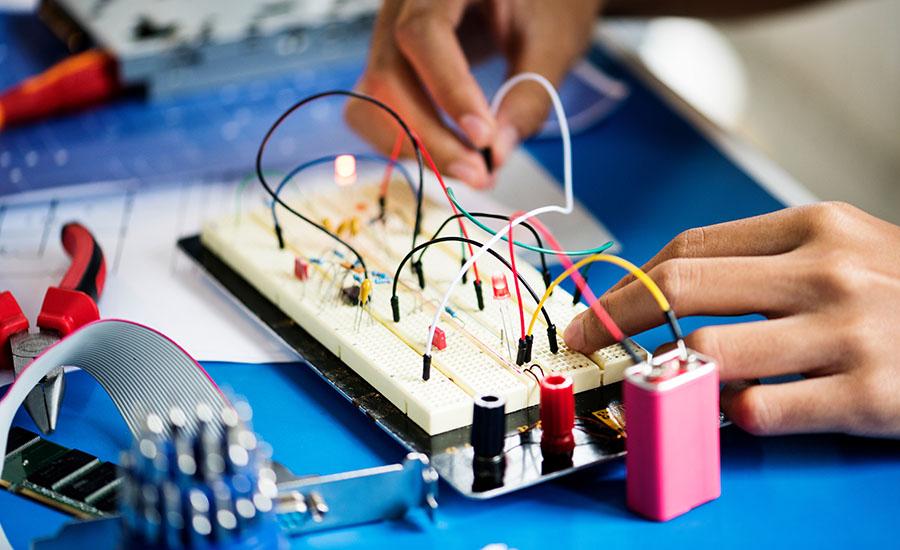
“Don’t Lose the Light”- a Hands-on Approach to Exponential Decay
This hands-on lesson helps students understand exponential functions by using an LED circuit. LED luminosity decreases at an exponential rate as more are added in series.
As students add more lights to the circuit, they will see the brightness of the lights dim and by measuring luminosity with a simple cell phone app, the students can actually chart the decrease in luminosity and find a trend line.
Lesson Plan Link/URL
https://docs.google.com/presentation/d/1-Nl3KyBQN4GFVK0uHkkhL3b9Q1fgGm9z/edit?u…Subject Area
Science Physical Science P4: Energy Transfer Technology 4. Innovative Designer Engineering S2: Apply the Engineering Design Process S3: Apply Mathematics to Engineering S4: Apply Science to Engineering S5: Apply Technology to Engineering Mathematics Measurement and Data (MD) Algebra (A) Reasoning with Functions and Relations (RFR)Related Content

This lesson plan focuses on the following standards. Construct an explanation of the origin, expansion, and scale of the universe based on astronomical evidence. ● The study of stars' light spectra

The goal of these lessons is to introduce work and power and then apply it by having students find the power produced by a future NFL player. The students will then be challenged to see what type of
